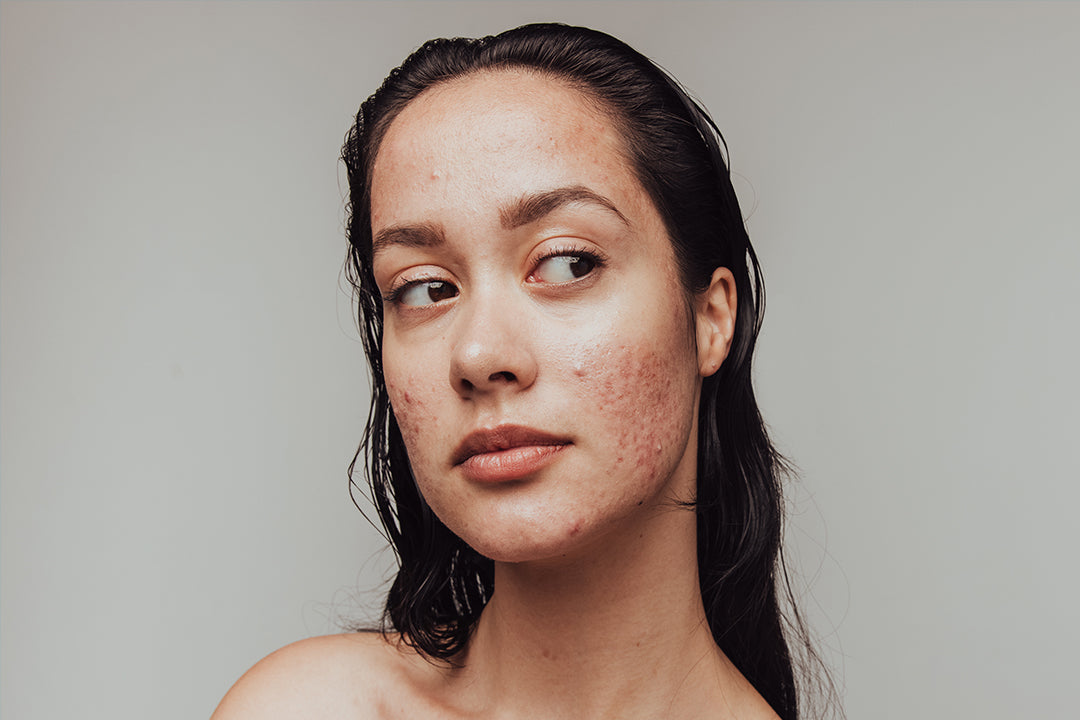If you're looking to get brighter, smoother skin, glycolic acid may be the answer. This powerful alpha hydroxy acid (AHA) has numerous benefits for your skin and can help address various skincare concerns. In this article, we will explore how and when to incorporate glycolic acid into your skincare routine for optimal results. Let's go!
What is Glycolic Acid?
Glycolic acid is a naturally occurring AHA derived from sugar cane. It has the smallest molecular size among AHAs, allowing it to penetrate deeply into the skin. This makes glycolic acid highly effective in exfoliating the skin, removing dead skin cells, and promoting cell turnover.
How Should I Incorporate Glycolic Acid into my Skincare Routine?
The timing and frequency of glycolic acid use in your skincare routine can make a significant difference in its effectiveness. Here are some guidelines to follow:
- Start Slowly: If you're new to glycolic acid, start with a lower concentration (around 5-10%) and use it once or twice a week. This will allow your skin to get accustomed to the acid and minimize the risk of irritation.
- Consider Your Skin Type: Individuals with sensitive or dry skin may benefit from using glycolic acid as a leave-on treatment, such as a serum or moisturizer. Those with oily or acne-prone skin can opt for cleansers or toners containing glycolic acid.
- Time of Day: It's generally recommended to use glycolic acid products in the evening as part of your nighttime skincare routine which gives the acid time to work overnight and reduces the likelihood of sun sensitivity.
Whether, you are a morning person or a night, here are our tips for you,
- Nighttime Routine: After cleansing and toning, apply a glycolic acid serum or moisturizer to promote cell turnover and reveal smoother, more radiant skin in the morning. Follow with your regular night cream or facial oil.
- Morning Routine: Apply a glycolic acid cleanser or toner, wait a few minutes, and then continue with your skincare routine. Finish with an SPF moisturizer or sunscreen for UV protection.
Can Glycolic Acid Be Combined with Retinol or Other Acids?
While glycolic acid and retinol can both provide significant benefits to the skin, it's generally best to use them at different times to avoid potential irritation. Retinol is typically used in the evening, while glycolic acid is recommended for nighttime use or as part of your morning routine if you follow up with SPF protection.
If you're interested in incorporating other acids into your skincare routine, such as salicylic acid or lactic acid, it's crucial to introduce them gradually and observe how your skin reacts. Layering multiple acids can increase the risk of irritation, so it's best to alternate their usage or seek guidance from a skincare professional.
You can combine glycolic acid with other skincare ingredients, such as hyaluronic acid or vitamin C, but it's essential to introduce them slowly and observe how your skin reacts. Avoid using glycolic acid with retinol or other exfoliating acids simultaneously, as this may increase the risk of irritation.
Which Products Do We Suggest?
There are numerous glycolic acid products available in the market, catering to varying skincare needs and preferences. Here are our suggestions:
- Glycolic Acid Face Wash: A gentle cleanser that exfoliates and purifies the skin.
- Glycolic Acid Toner: A toner that helps balance the skin's pH levels and refine pores.
- Glycolic Acid Serum: A concentrated treatment that targets specific skin concerns like hyperpigmentation or fine lines.
It's essential to choose products with appropriate glycolic acid concentrations based on your skin's tolerance and needs. Always read product labels, follow instructions, and perform a patch test before incorporating new products into your routine.
By incorporating glycolic acid into your skincare routine, you can enjoy the numerous benefits it offers, such as improved texture, brightness, and overall skin health. Remember to consult with a dermatologist or skincare professional if you have any specific concerns or questions.









